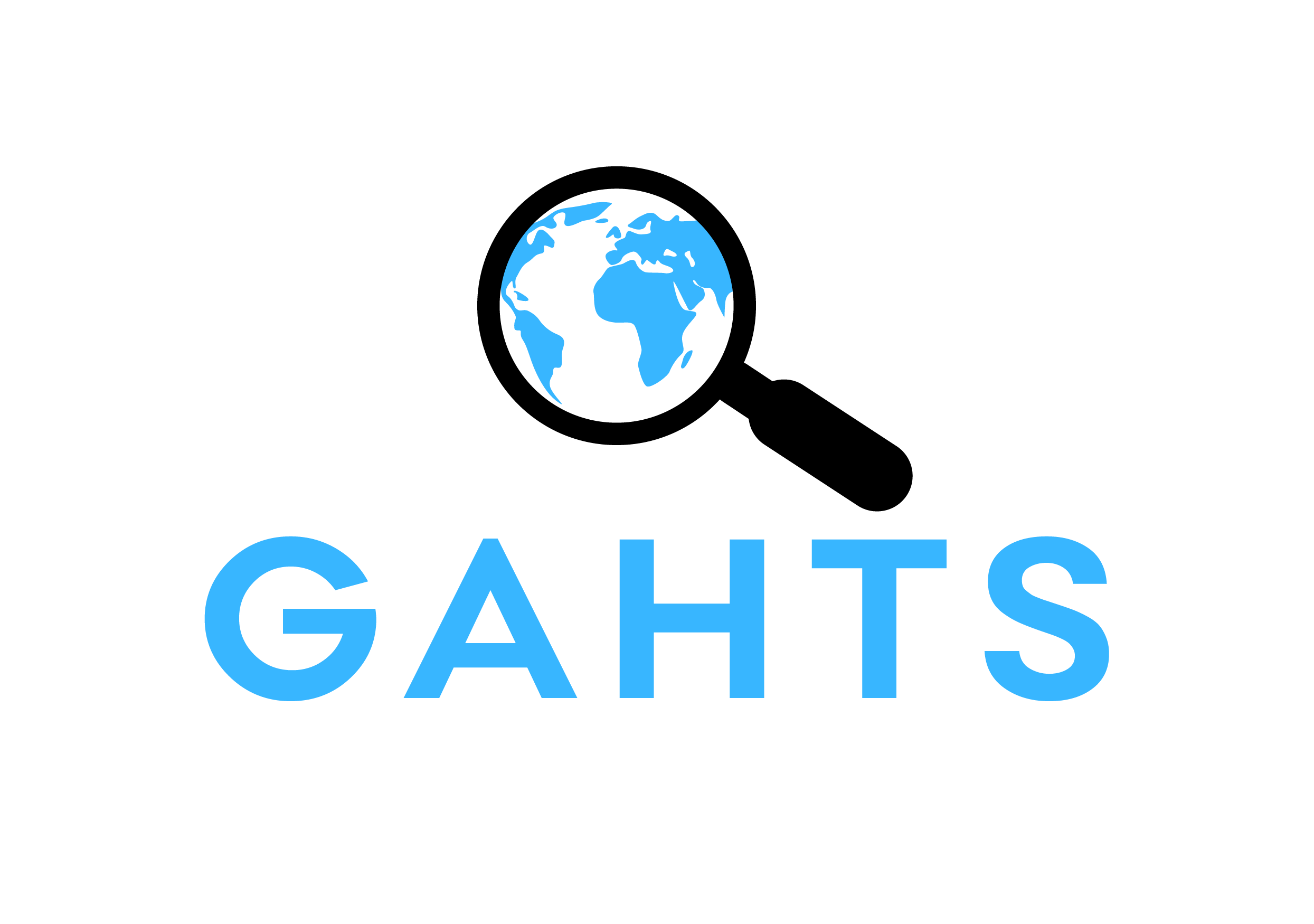Rescue and Post-Rescue of Victims of Trafficking: An Agenda for Action
Author: Raghaven, Vijay
Abstract: This paper focuses on the magnitude and myriad dimensions of trafficking of women and children in India, for the purpose of commercial sexual exploitation. It highlights the national and international ramifications of the trafficking industry, which has become a multi billion-dollar trade and is part of the transnational organised crime syndicates, which operates illegal operations such as the illegal arms and drugs trades. While there exists a legal framework to deal with the issue of trafficking - in the Constitution, the Indian Penal Code and specific legislations such as the Immoral Traffic Prevention Act, 1956, Juvenile Justice Act, 2000 and the Devadasi Prohibition of Dedication Acts of A.P. and Karnataka – the implementation of these legislations is tardy to say the least, primarily due to ambiguity on the part of the State agencies, especially the police, which views this phenomenon more as a social issue rather than as organised crime. Since the eighties, various judgments of the Apex and High Courts of India have highlighted the issue and forced the Central and State governments to take proactive steps to curb the menace of trafficking and initiate measures towards the rescue and rehabilitation of trafficked victims. The Union and State governments have taken a series of measures in the recent past to bring in law and policy change to address the issue. However, these steps are like the proverbial drop in the ocean, compared to the magnitude of the problem at hand. The paper suggests specific areas of focus and an agenda for action to address the issue of an effective rescue and post-rescue strategy for trafficked victims in the country. It suggests that the discussion has to be pitched at three levels – those in need of rescue, the process of rescue and the post-rescue phase. It draws attention to the role of the police, the judiciary, the district administration and civil society organizations need to play in order to address the plight of the victims. Lastly, it suggests a series of measures that need to be taken by the State and civil society organizations towards an action plan for the prevention of trafficking, and the rescue and rehabilitation of trafficked victims. The paper is primarily based on the experiences gained from Prayas, a Field Action Project of the Tata Institute of Social Sciences, with which the author has been associated since its inception in 1990. Currently, he is the Director of this Project.
Keywords: rescue, post-rescue, victims of trafficking, immoral trafficking prevention act
